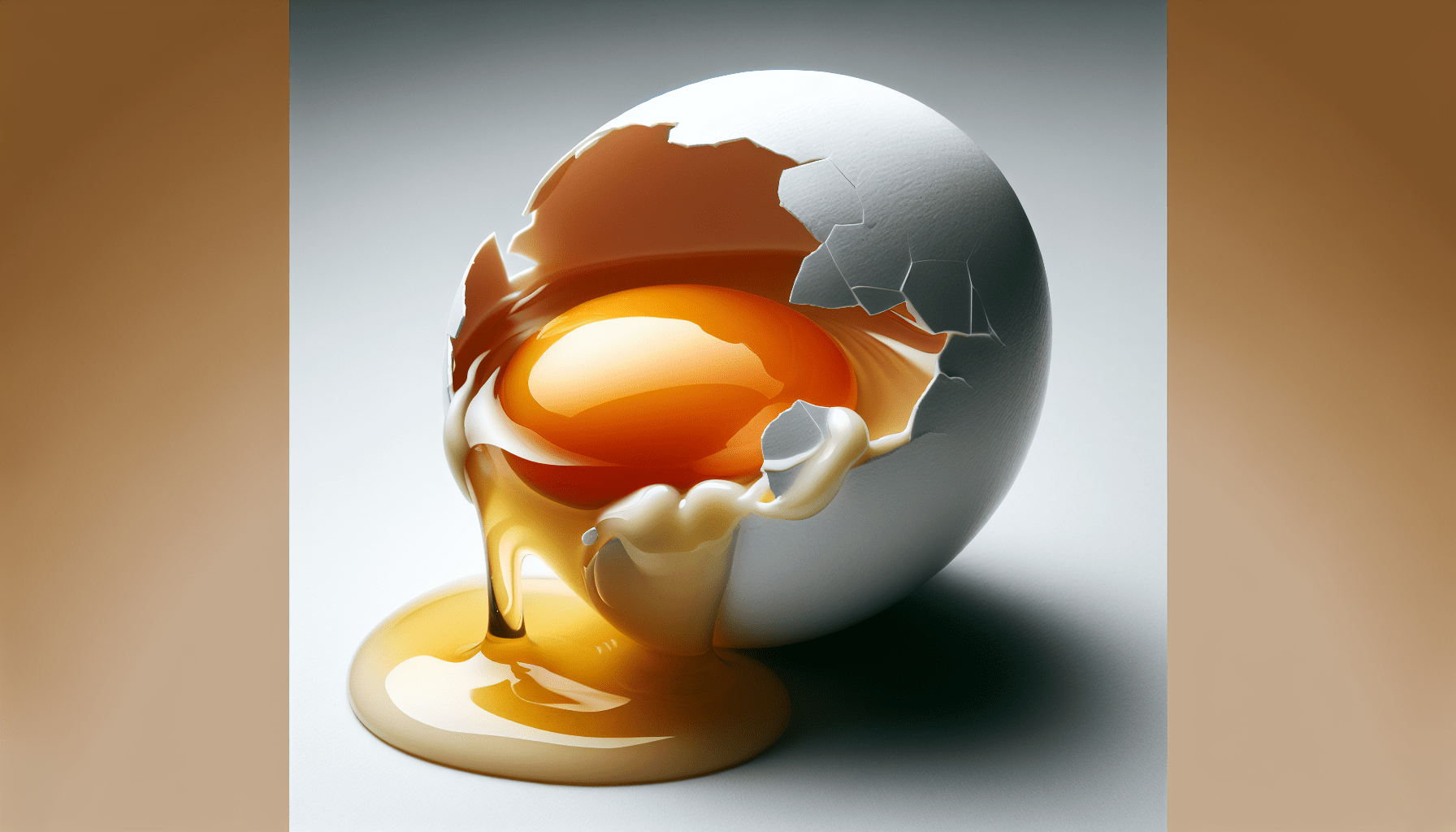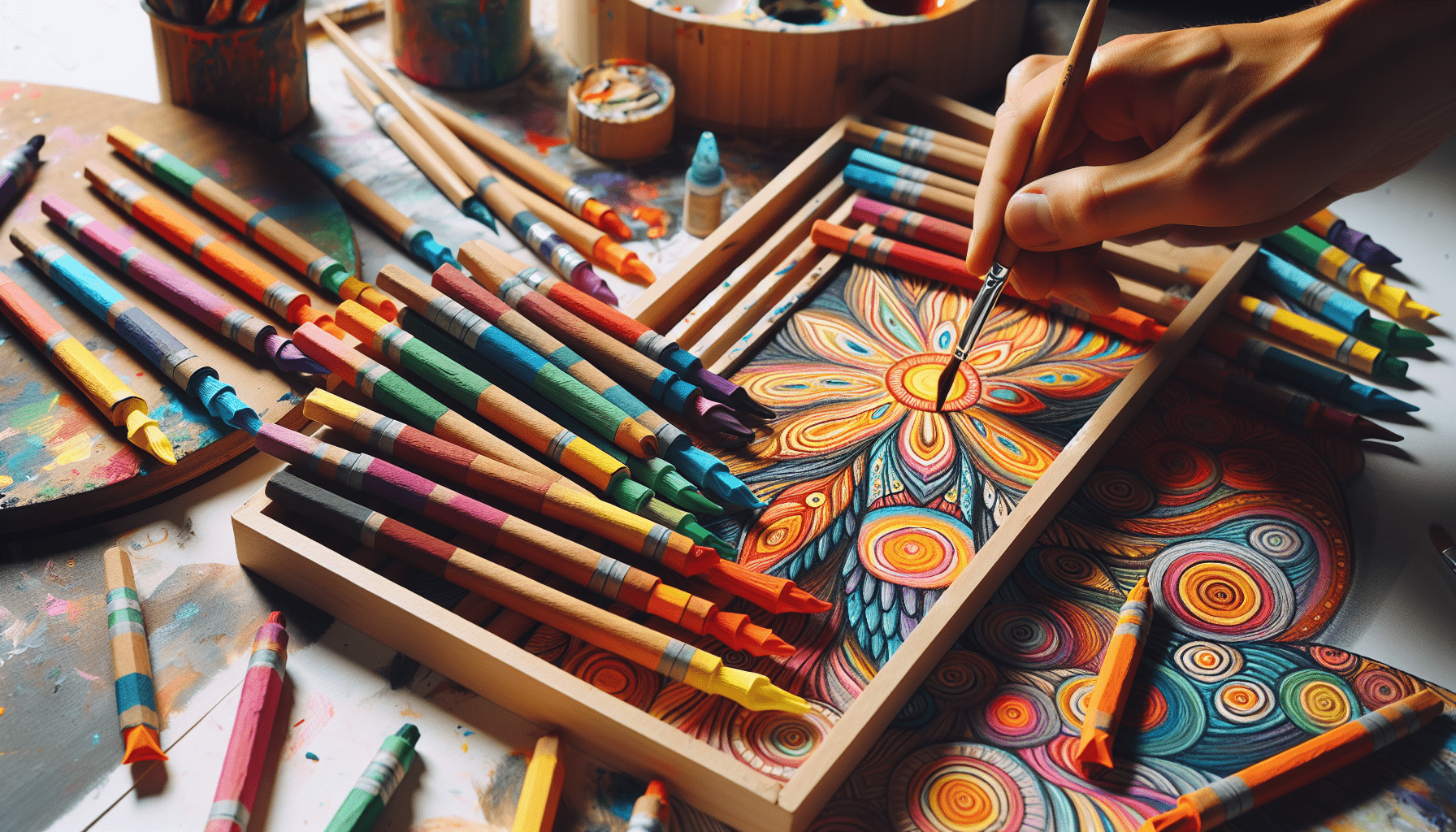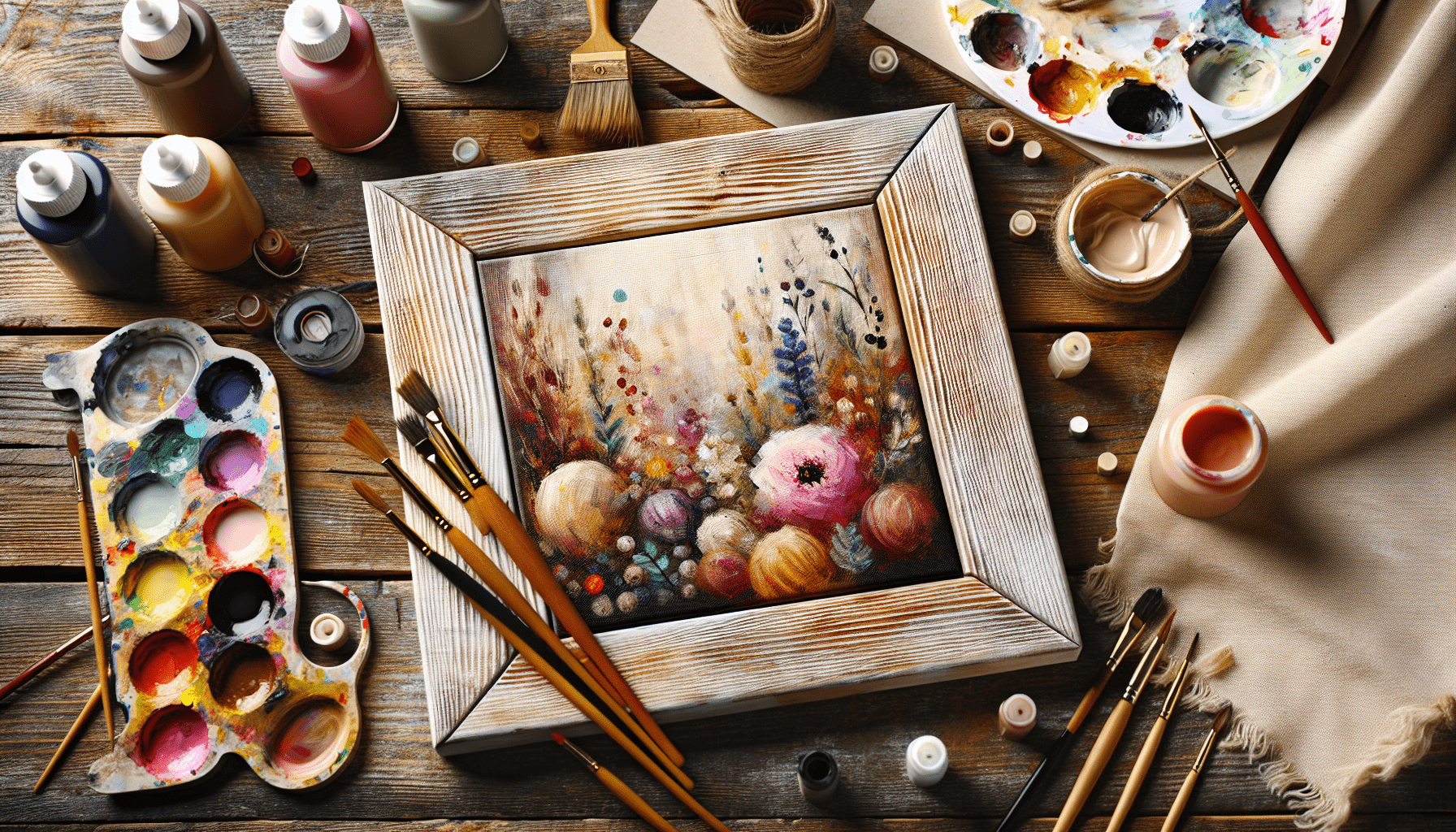In the world of tempera paint, the binder plays a crucial role in determining the characteristics and quality of the paint. Traditionally, tempera paint uses egg yolks as a binder to help the pigments adhere to the surface. However, modern variations of tempera paint may use synthetic binders or other natural substances. Understanding the binder used in tempera paint is essential for artists and artisans looking to create vibrant and long-lasting works of art.
What Is The Binder Used In Tempera Paint
When it comes to creating works of art with tempera paint, the binder used plays a crucial role in the overall quality and characteristics of the paint. But what exactly is the binder in tempera paint, and how does it affect the final result of your artwork? In this article, we will delve into the fascinating world of tempera paint binders to help you better understand this essential component of the painting process.
Understanding Binders in Tempera Paint
In tempera paint, the binder is a substance that holds the pigment particles together and attaches them to the surface of the painting. It serves as the medium that allows the paint to adhere to the canvas or other painting surfaces. The choice of binder can greatly impact the texture, drying time, and overall durability of the paint.
Egg Yolk as a Traditional Binder
One of the most well-known binders used in tempera paint is egg yolk. This traditional binder has been utilized for centuries in the art world, dating back to ancient times. Egg yolk contains lecithin, a substance that acts as an emulsifier, helping to mix the oil-based pigments with water. The use of egg yolk as a binder results in a smooth, glossy finish that is long-lasting and resistant to cracking.
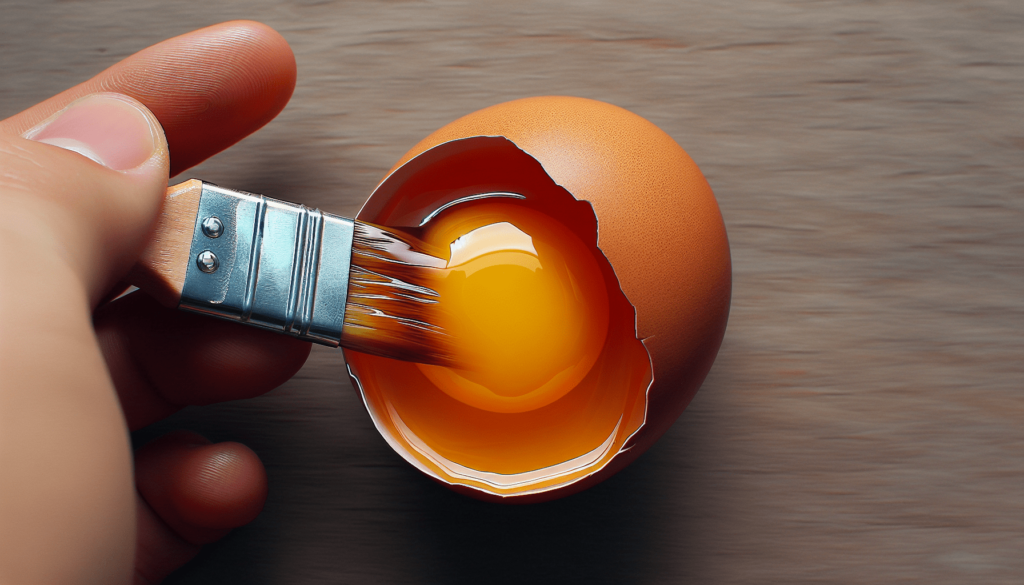
Gum Arabic as an Alternative Binder
In addition to egg yolk, another popular binder used in tempera paint is gum arabic. This natural resin is derived from the sap of the acacia tree and has been utilized in various artistic techniques for centuries. Gum arabic acts as a binding agent in tempera paint, providing a strong adhesive quality that allows the pigment to adhere to the painting surface effectively. It also helps to improve the transparency and flow of the paint, resulting in vibrant, luminous colors.
Casein as a Modern Binder
For those who prefer a more contemporary approach to tempera painting, casein is a popular alternative binder choice. Casein is a protein derived from milk that serves as an effective binding agent for tempera paint. It offers excellent adhesion properties, allowing the paint to adhere to a variety of surfaces, including wood, paper, and canvas. Casein dries quickly to a matte finish and is highly resistant to yellowing over time, making it a durable and long-lasting binder option for artists.
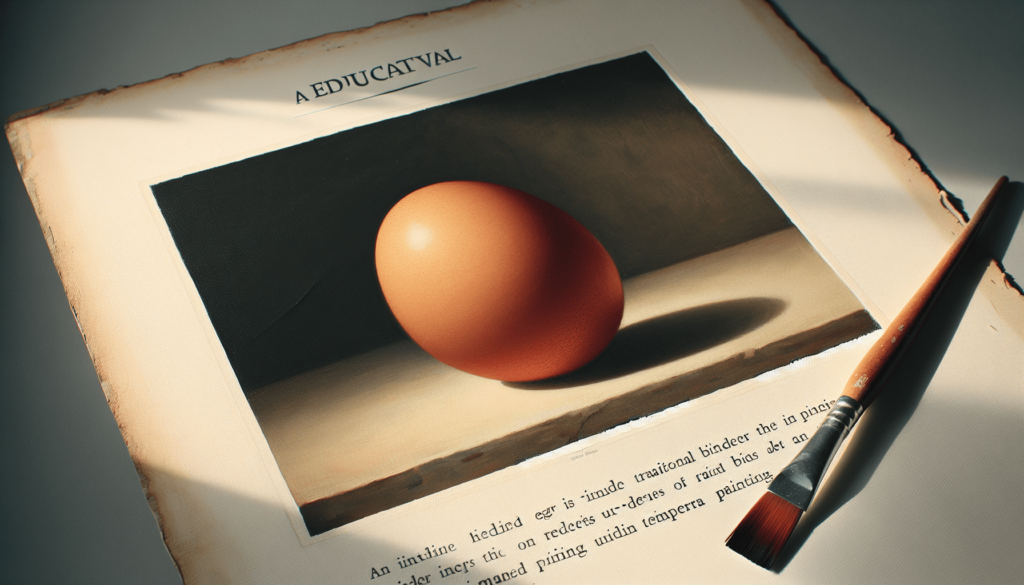
Acrylic Polymer as a Versatile Binder
In recent years, acrylic polymer has emerged as a versatile binder choice for tempera paint. Acrylic polymer is a synthetic resin that offers the benefits of both traditional and modern binders. It provides strong adhesion, durability, and flexibility, allowing artists to create artworks that are vibrant and long-lasting. Acrylic polymer dries quickly to a waterproof finish and is compatible with a wide range of painting surfaces, making it a popular choice among contemporary artists.
Choosing the Right Binder for Your Artwork
When selecting a binder for your tempera paint, it is essential to consider factors such as the desired texture, drying time, and long-term durability of your artwork. Each type of binder offers unique qualities that can enhance the overall look and feel of your paintings. Experimenting with different binders can help you discover the perfect combination that suits your artistic style and preferences.

Mixing Binders for Custom Effects
For artists looking to push the boundaries of traditional tempera painting, mixing binders can offer exciting possibilities for custom effects. By combining different binders such as egg yolk, gum arabic, casein, and acrylic polymer, artists can create unique textures, finishes, and colors in their artworks. This experimentation can lead to innovative techniques and styles that set your artwork apart from the rest.
How to Apply and Work with Binders in Tempera Paint
Now that you have a better understanding of the various binders used in tempera paint, it’s essential to know how to apply and work with them effectively in your artwork. Here are some tips for incorporating binders into your painting process:
-
Preparation: Before using a binder, it is crucial to prepare your painting surface by applying a primer or base coat. This helps the binder adhere to the surface and ensures a smooth, even application of paint.
-
Mixing: When mixing the binder with pigment, take care to achieve the right balance of ingredients. Too much binder can result in a glossy, sticky finish, while too little binder may cause the paint to flake or peel.
-
Application: Use a variety of brushes, sponges, or palette knives to apply the paint to your canvas. Experiment with different techniques to create unique textures and effects in your artwork.
-
Drying Time: Allow the paint to dry thoroughly between layers to prevent smudging or blending of colors. Depending on the binder used, drying times may vary, so be patient and allow each layer to dry completely before adding additional layers.
-
Finishing Touches: Once your painting is complete, consider applying a protective varnish or sealant to preserve the colors and protect the surface from damage. This final step can enhance the longevity and vibrancy of your artwork for years to come.
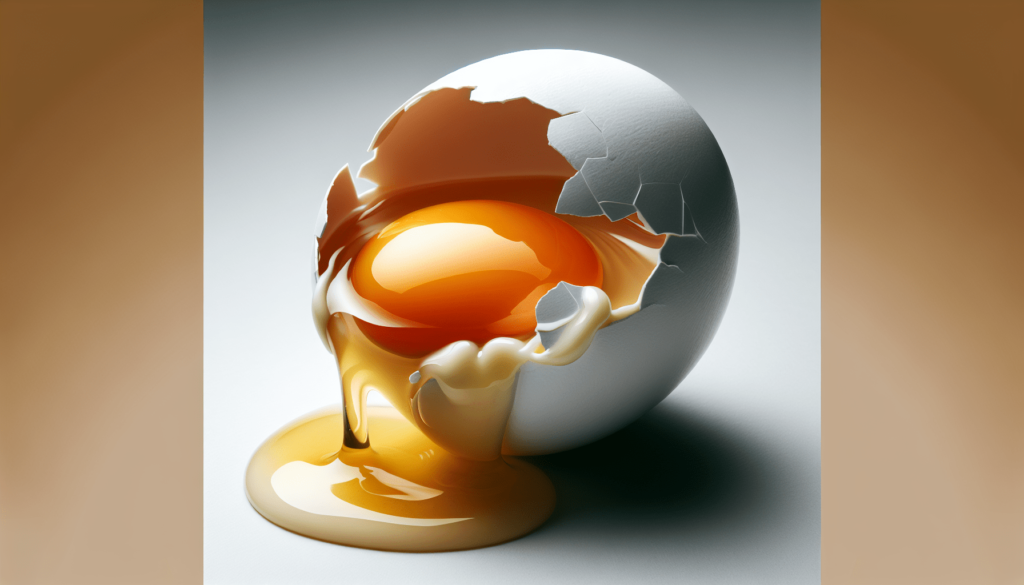
Conclusion
In conclusion, the binder used in tempera paint plays a critical role in the quality, texture, and overall longevity of your artwork. Whether you prefer the traditional richness of egg yolk, the transparency of gum arabic, the durability of casein, or the versatility of acrylic polymer, choosing the right binder can greatly enhance your painting experience. By experimenting with different binders and techniques, you can create unique and captivating artworks that reflect your individual style and creativity. Embrace the possibilities that binders offer and let your imagination soar in the world of tempera painting.
